Scotland has seen something of a dark skies revolution in recent years, which began with Galloway Forest Park’s certification as a gold-tier International Dark Sky Park in 2009. Scotland now has numerous Dark Sky Discovery Sites, many nominated by local astronomy groups, and there is plenty to do by day with lochs, mountain and whisky distilleries galore to explore.
It’s also a favoured spot for nacreous clouds, noctilucent clouds and, in winter, even the mighty aurora borealis.
Here's our pick of some of the top stargazing sites Scotland has to offer.
For more on British stargazing, read our guide to the best places to stargaze in Wales and the best places to stargaze in the UK.
For more general advice, read our guide on how to stargaze.
1
Galloway Forest Park, Dumfries and Galloway
The flagship area for Scottish dark skies, this 800km2 forest – which has plenty of clearings and well-signposted Dark Sky Discovery Sites – is the most easily accessible from the rest of the UK.
The road north of Glentrool Visitor Centre is stunning by day, but at night head to either the Clatteringshaws Visitor Centre or the eastern side of the more remote Loch Riecawr in the north of the park for open views over water and plenty of car parking space and hard-standing for telescopes.
The park has four dedicated Dark Sky Rangers who run tours, walks and workshops on astronomy and astrophotography.
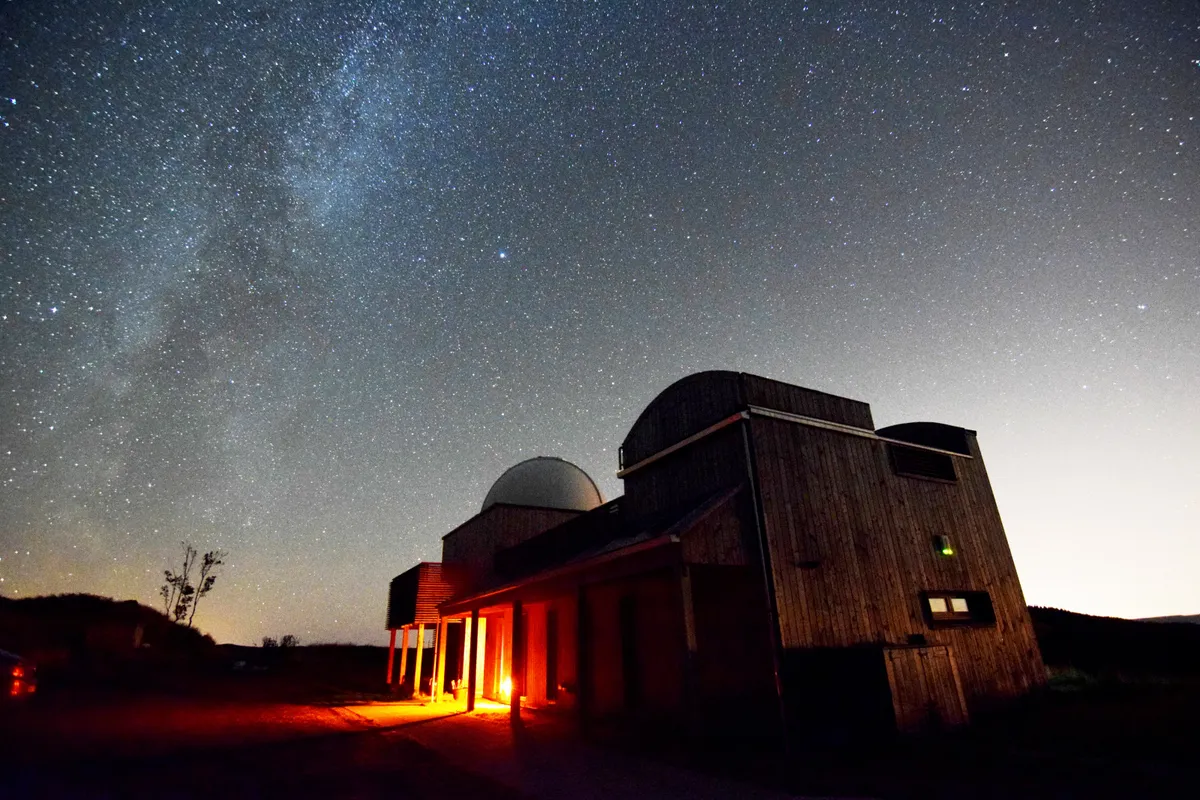
2
Isle of Lewis, Outer Hebrides
Since Dark Sky Discovery sites are largely awarded for their ease of access rather than simply having the very darkest skies, the remote Isle of Lewis does not have any!
Cue the Cetus Project to build an observatory at Gallan Head. A small peninsula in Aird Uig at the most northwesterly tip of the UK, Gallan Head is listed by the Royal Astronomical Society as an official dark skies area.
However, a clear Milky Way isn’t the only reason for the Cetus Project. The Gallan Head Community Trust and Stornoway Astronomical Society are also hoping to encourage study of the marine environment: orca, minke and pilot whales, basking sharks, dolphins, porpoises and seals are all visible from Gallan Head by day.
3
Isle of Coll, Inner Hebrides
Without a single streetlight on the island, the isle of Coll is one of Scotland’s stargazing gems.
This International Dark Sky Community has low horizons, which is handy if you want views of the crescent Moon or planets around sunrise or sunset.
Held at Coll’s community centre, An Cridhe, are Coll & the Cosmos weekends, a unique collaboration between Coll Bunkhouse and Cosmos Planetarium that involves the use of large telescopes up to an 18-inch Dobsonian, other Go-To and Bluetooth-controlled telescopes, myriad binoculars and a digital 6m indoor planetarium.
There is also a hydrogen-alpha solar telescope for daytime solar viewing.
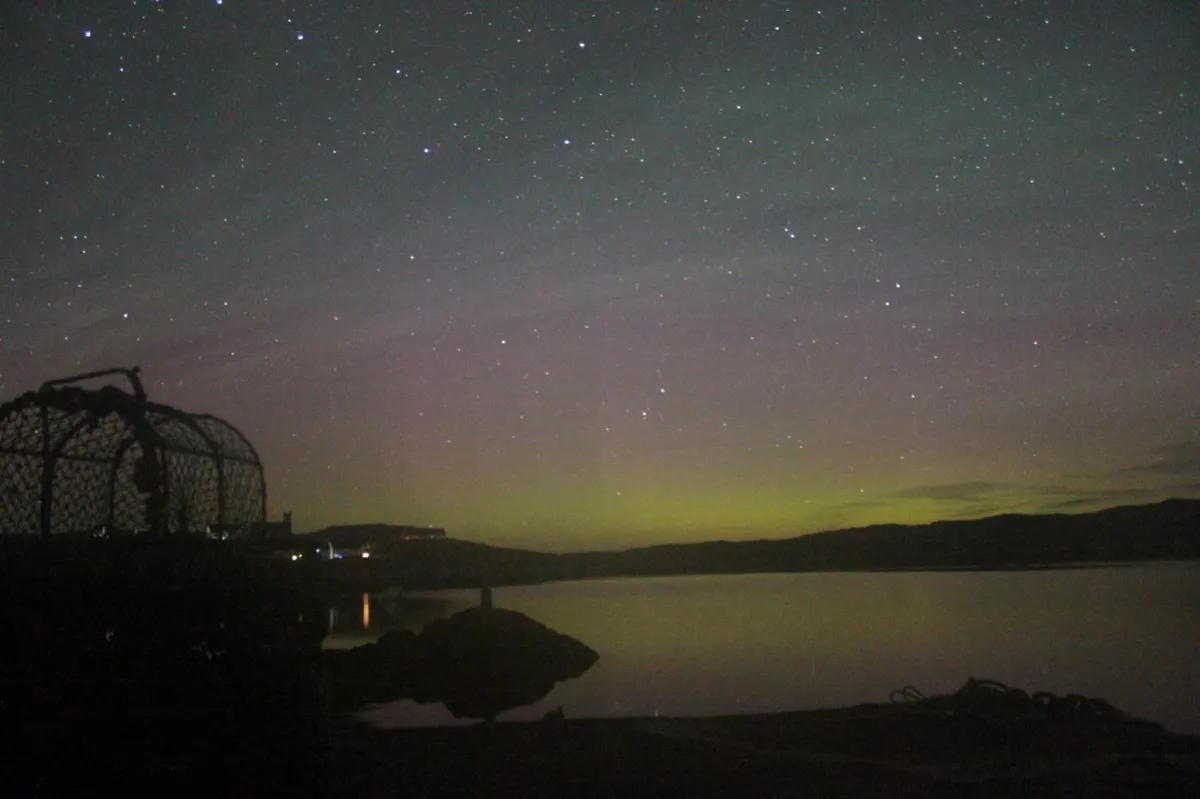
4
Melrose, Scottish Borders
Although it is true that the farther north you drive from Edinburgh and Glasgow the darker the skies get, there are still dark skies to be savoured in the south.
In fact, the Scottish Borders offers some fabulously dark skies, including at Melrose.
Stargazers are spoilt for choice in this part of the world. In Melrose there is accommodation in the form of a glamorous caravan called Devanna, overlooking a lake and perfect for staying close to dark skies.
Just an hour’s drive south into England is Kielder Forest Park International Dark Sky Park. This area is the perfect stop-off as part of a northerly tour of the UK’s very darkest spots.
5
Taransay, Outer Hebrides
There’s only really one rule for dark-sky hunting: go where people are not. Made famous by the BBC series Castaway 2000, it’s now possible to access the island of Taransay, which has no permanent population.
A great place to glimpse the aurora borealis, it’s accessed exclusively from the Borve Lodge Estate across the water on the isle of Harris via a landing craft.
The estate will offer photography packages – including night sky photography – in mid-March and late October 2017 hosted by Kirk Norbury. The lodge also offers The Broch and The Rock House self-catering cottages.
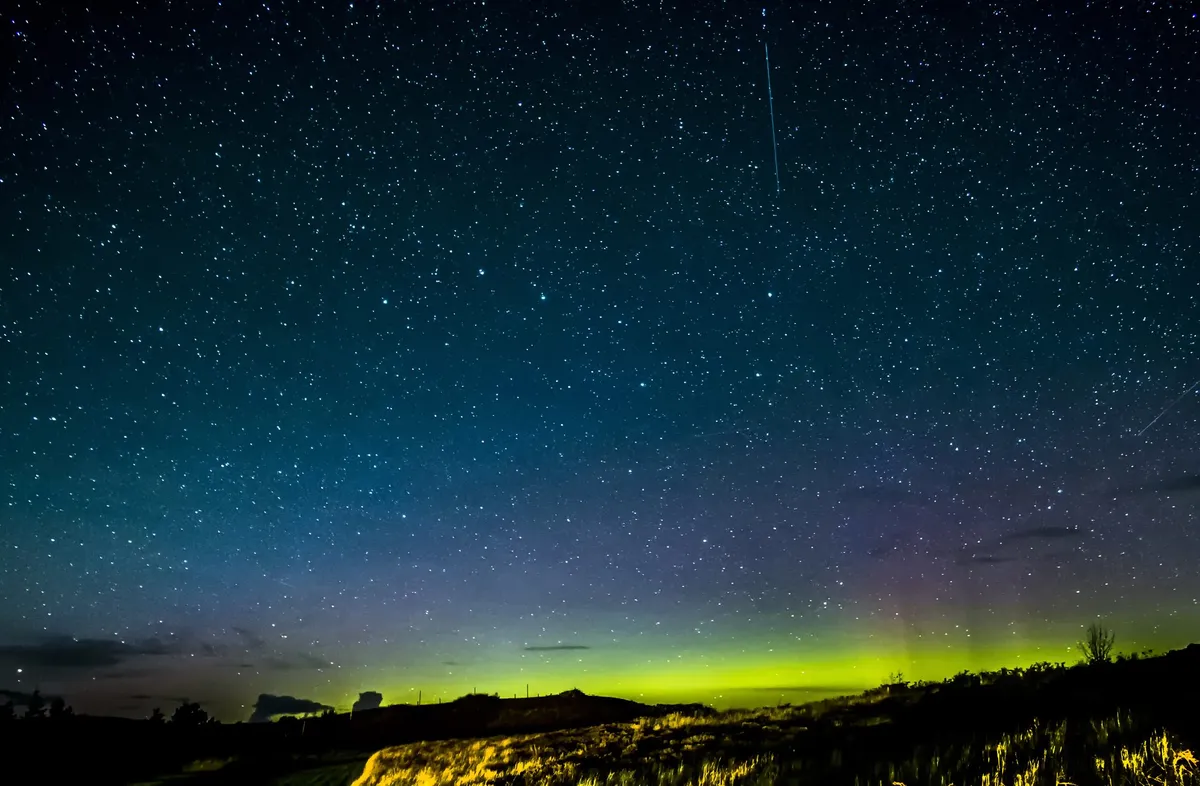
6
Isle of Skye, Inner Hebrides
With no less than nine Milky Way Class Dark Sky Discovery Sites as part of the Dark Skye project, this island is at the forefront of Scotland’s stargazing movement.
Three of the Dark Sky Discovery Sites are found in the northwest around Waternish, another is near Broadford, and another two are at Kylerhea and Kinloch Forest. The remaining three can be found on Clan Donald land at Armadale in the southwest.
Blessed with zero light pollution, this area is known for sightings of the aurora borealis in winter in Glendale in the north, and noctilucent clouds in summer.
The cosy Black Shed accommodation is below the dramatic peak of Macleod’s Table and close to three of Skye’s most remote northerly Dark Sky Discovery Sites.
7
Eriska, Argyll and Bute
Here’s one for those looking for five stars to go with the 2,000 already in the skies above. Close to Port Appin but on a private island all of its own, Eriska has 350 acres of seclusion with vehicle bridge access.
The island’s 25-bedroom, five-star Isle of Eriska Hotel offers an Escape With The Stars Experience, which includes two nights’ bed and breakfast with afternoon tea, dinner in the Michelin-starred restaurant, a hot flask and star map.
8
Royal Observatory, Edinburgh
Even if you’re under a blanket of light pollution, it’s still possible to get closer to the Scottish night sky.
Arguably the HQ of astronomy north of the border, the Royal Observatory Edinburgh holds frequent Public Astronomy Evenings (every Friday night from October until April) where visitors can tour the observatory’s historic Victorian telescope dome, handle a meteorite and observe the sky and planets through telescopes – clear skies allowing.
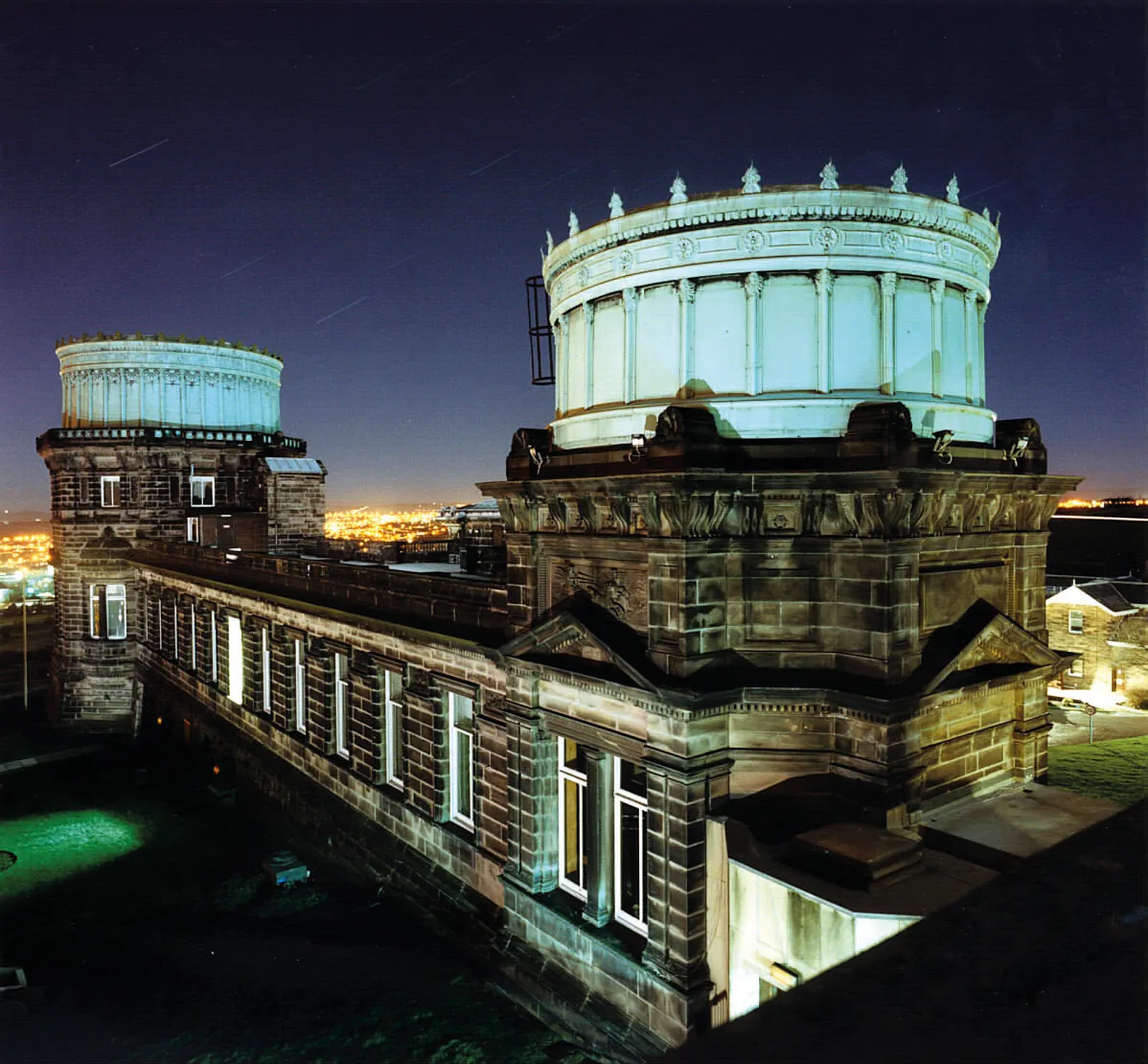
9
Caithness, North Highlands
Other than Shetland or Orkney, the best place to spot the aurora borealis is the area of Caithness on the north coast. Something of a mecca for astrophotographers, this region boasts many places with zero light pollution.
The most accessible is the Castlehill Heritage Centre in Caithness, which is designated a Dark Sky Discovery Site.
The local Caithness Astronomy Group regularly host stargazing evenings there. The most northerly point of mainland Britain is nearby at Dunnet Head, with a spacious caravan site that is ideal for solitary tranquillity and stargazing.
10
Glen Nevis Visitor Centre, Fort William
A few miles outside Fort William in the Lochaber district of the Highlands, the Glen Nevis Visitor Centre was in 2009 the first place to be nominated a Dark Sky Discovery Site.
The whole glen is rated as Milky Way Class. Since it’s right below Ben Nevis, it’s handy for hikers staying in the area (the summit of Dun Deardail is also an option for some elevation).
However, for those after more comfort and easy access to the night sky, about 50km south down the east coast of Loch Linnhe is Port Appin and the Airds Hotel.
Set in a wonderful, light pollution-free location for stargazing, the rate includes a five-course dinner and a full Scottish breakfast – if you can get up in time after a night’s stargazing.

Spotting the aurora in Scotland
The aurora borealis can be seen from Scotland; however, so unreliable is the phenomenon, it's best thought of as a bonus.
Outside of Scotland, the usual advice is to head to 64-70°N (the Arctic Circle), but the auroral oval can reach much further south.
In Scotland, head in winter to the northern coast or Orkney (both at 59°N) or, better still, the Shetland Islands (60.5°N).
Expert guidance is not essential, though note that cameras detect a lot more green than the human eye during faint displays and that most auroral displays appear white to the eye.
Photographers seeing a suspicious grey-ish cloud on the horizon should shoot a 30-second exposure at ISO 1600 on a DSLR camera to be sure what’s coming their way.
Auroral displays higher in the sky won’t require such delicacy, but photography is always the best way to capture colour. Avoid June and July, when astronomical twilight never ends, with November-February the peak season.
Due to the sporadic nature of Northern Lights sightings, there are few dedicated
tours.
However, Aurora Expeditions organises a ‘Wild Scotland’ voyage from the Hebrides in the west to the Orkney and Shetland islands in the north, while local photographer Mark Appleton runs photography workshops in Wester Ross that specialise in the Milky Way and Northern Lights.
Scotland's stargazing locations
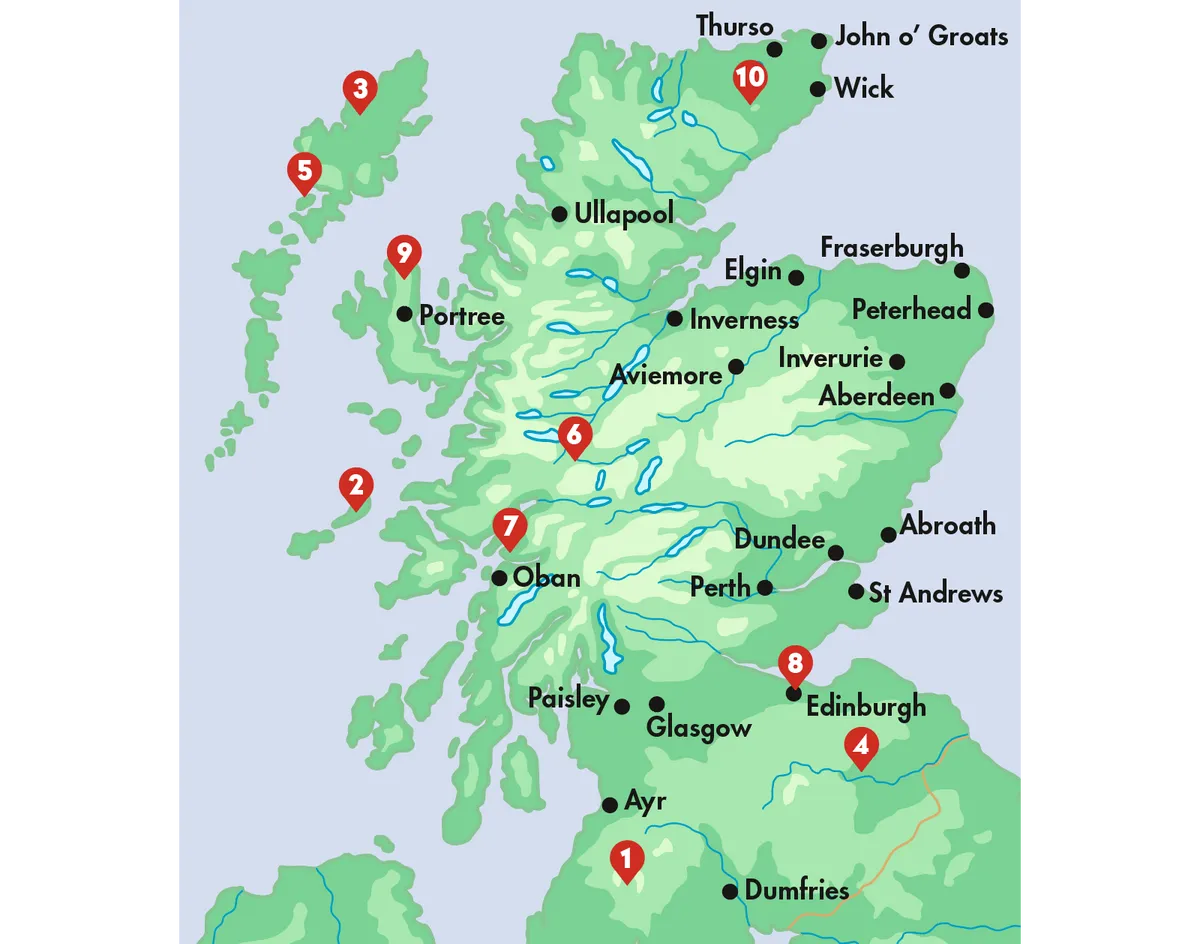
- Galloway Forest Park, Dumfries and Galloway
- Isle of Coll, Inner Hebrides
- Isle of Lewis, Outer Hebrides
- Melrose, Scottish Borders
- Taransay, Outer Hebrides
- Glen Nevis Visitor Centre, Fort William
- Eriska, Argyll and Bute
- Royal Observatory, Edinburgh
- Isle of Skye, Inner Hebrides
- Caithness, North Highlands
This article originally appeared in the November 2016 issue of BBC Sky at Night Magazine.
